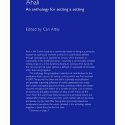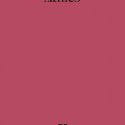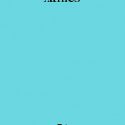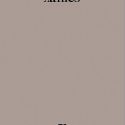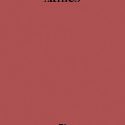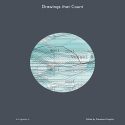Your Cart is empty
Alejandro de la Sota
An Architecture of Imperfection
Alejandro de la Sota
Alejandro de la Sota was born in 1913, and so belongs to the same generation as Jorn Utzon, Denys Lasdun, Aldo van Eyck and Jose Maria Coderch. But it is only in recent years that his work has become known outside Spain. It is an oeuvre of impressive consistency, combining a naked abstraction with a rigorous interest in the character of materials. While Sota clearly drew many lessons from the modern masters –from Mies in particular– he also defined a language with an internal momentum of its own. This publication traces de la Sota's influence on Spain's contemporary culture of architecture through essays and a visual presentation of his most significant projects, including the Maravillas Gymnasium in Madrid and the Civil Government building in Tarragona.


